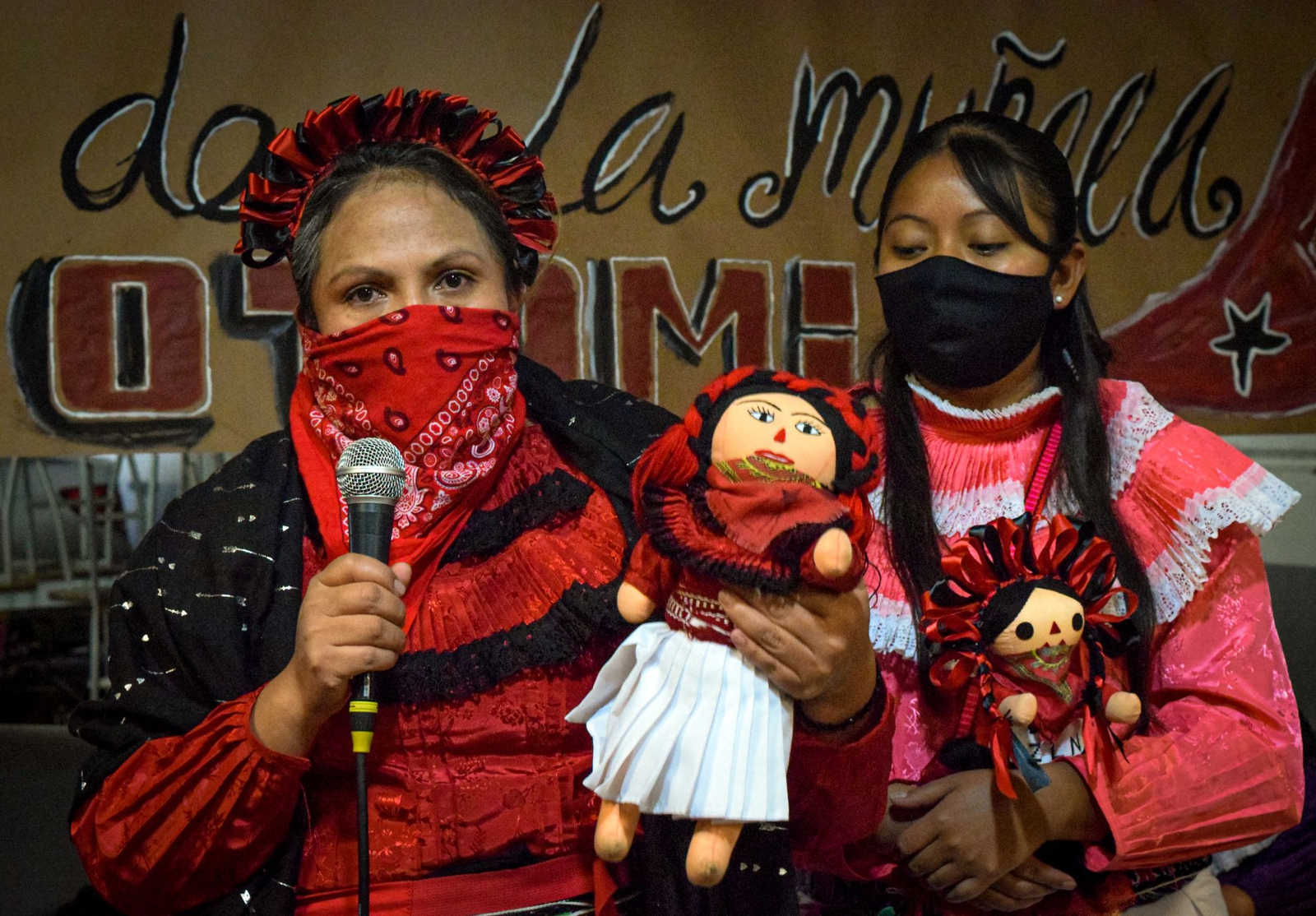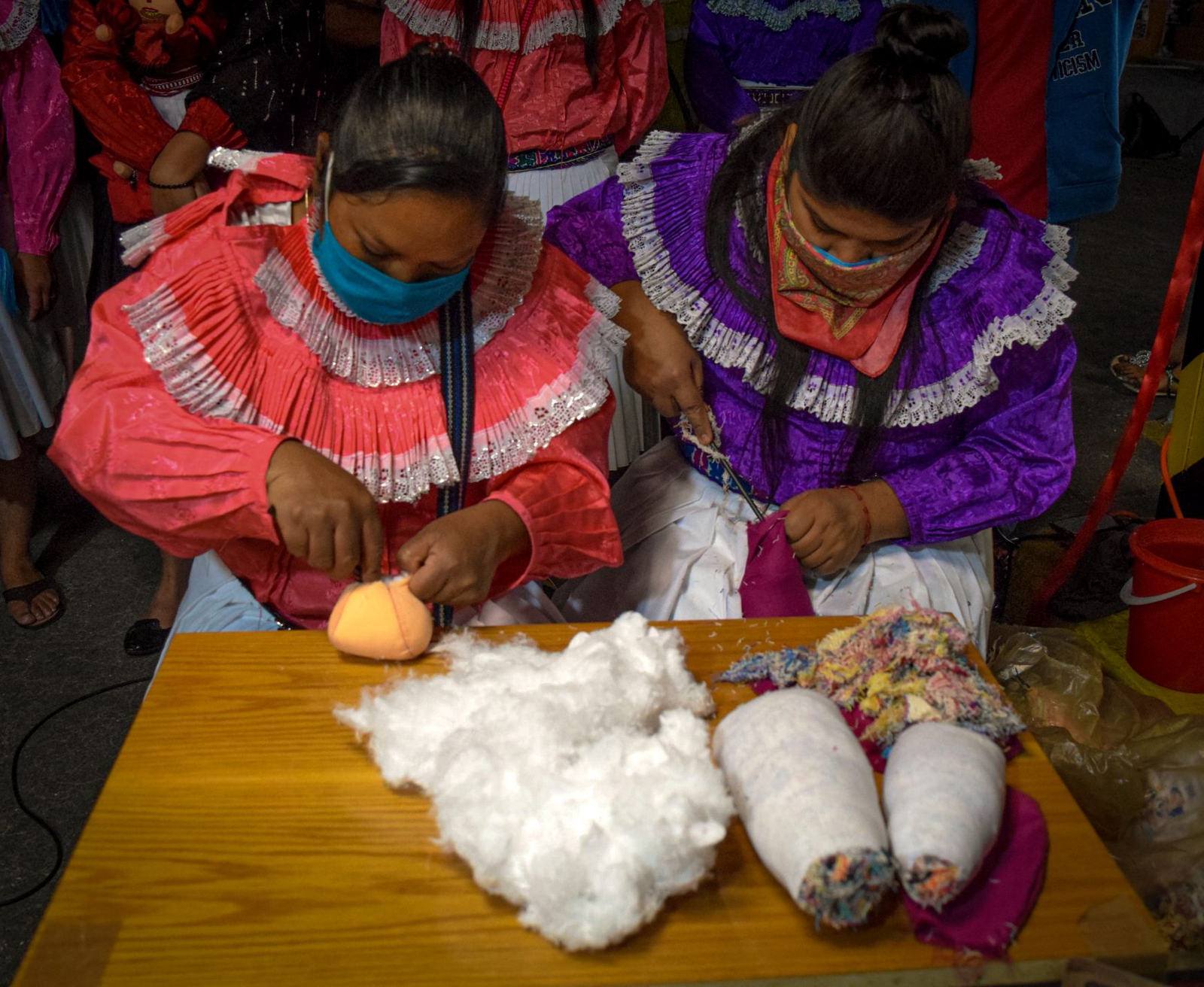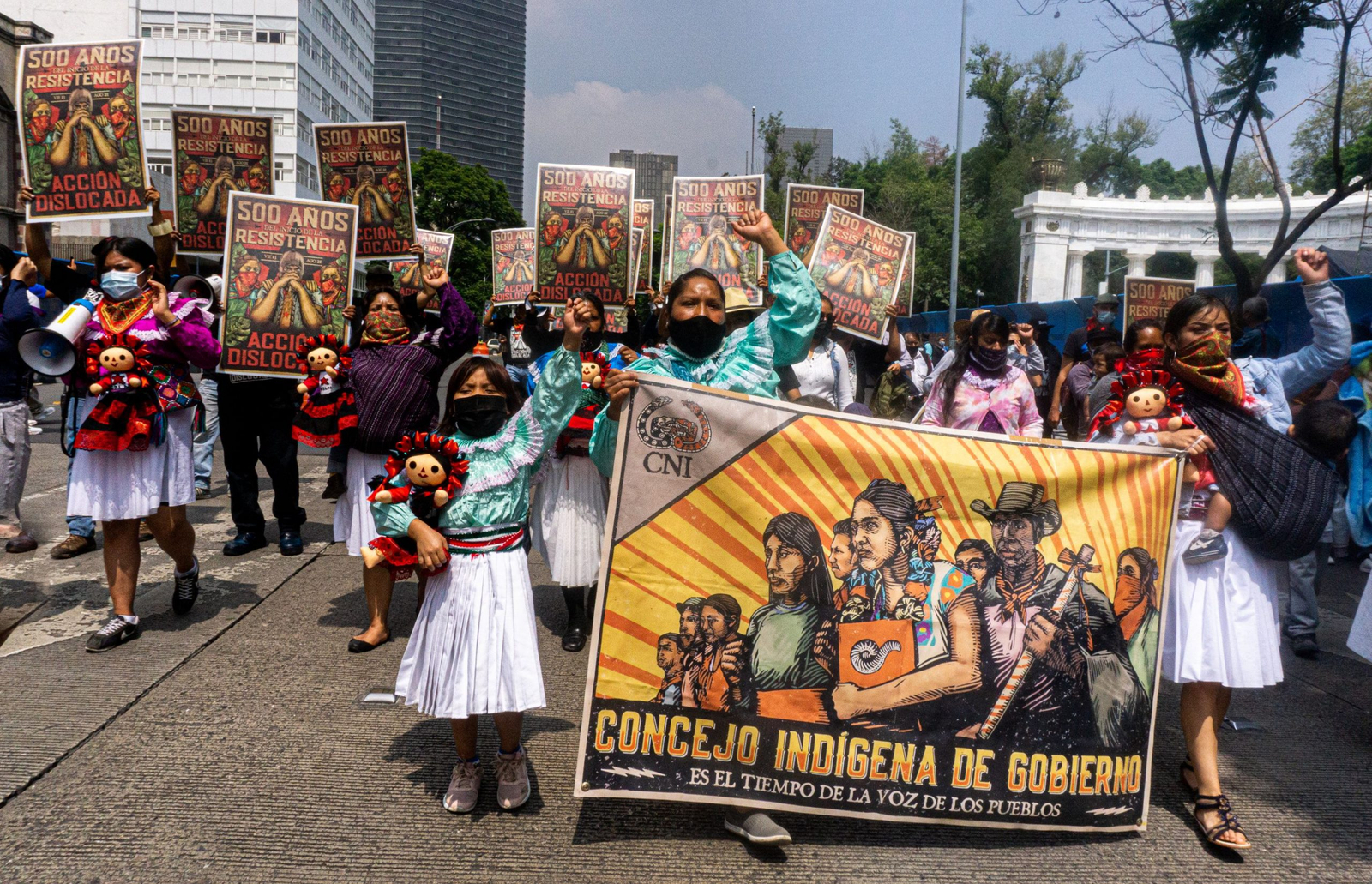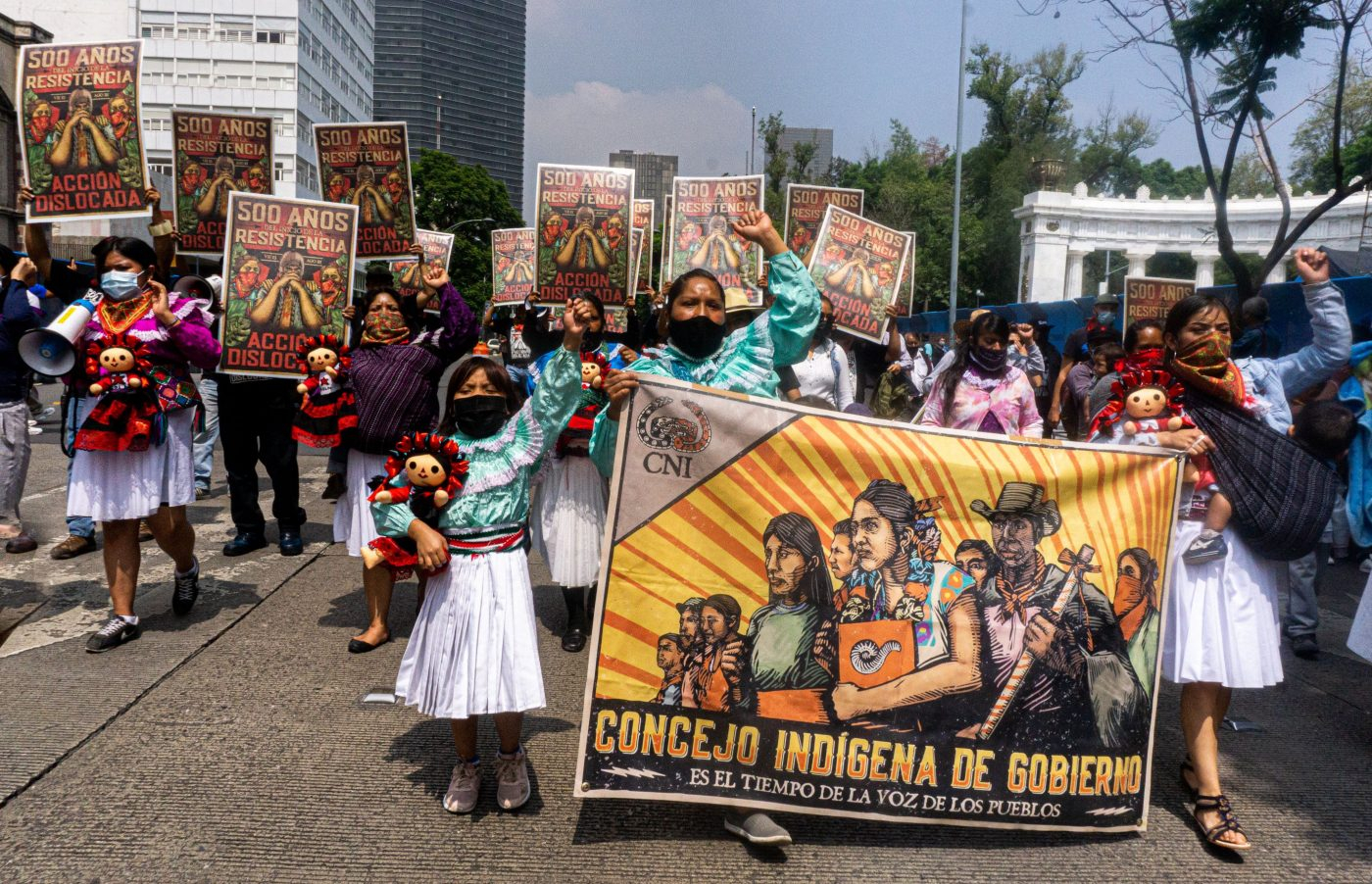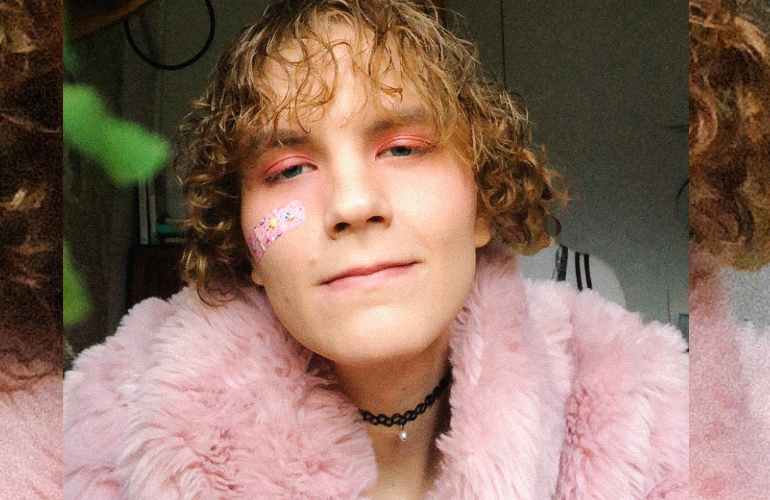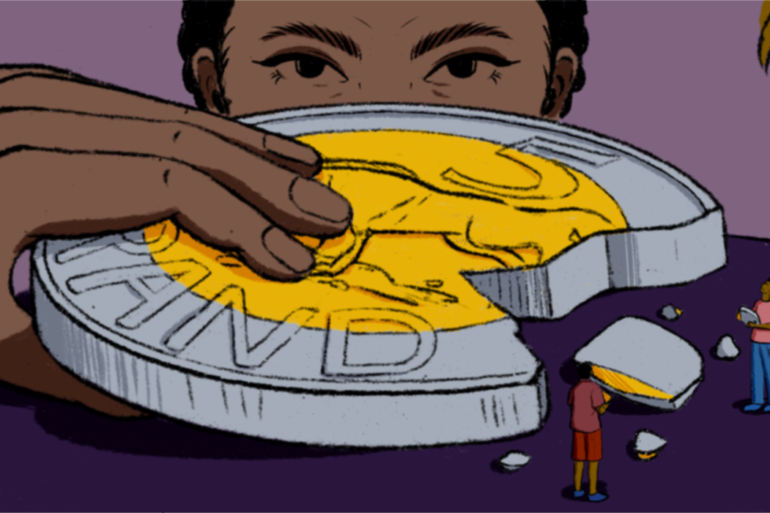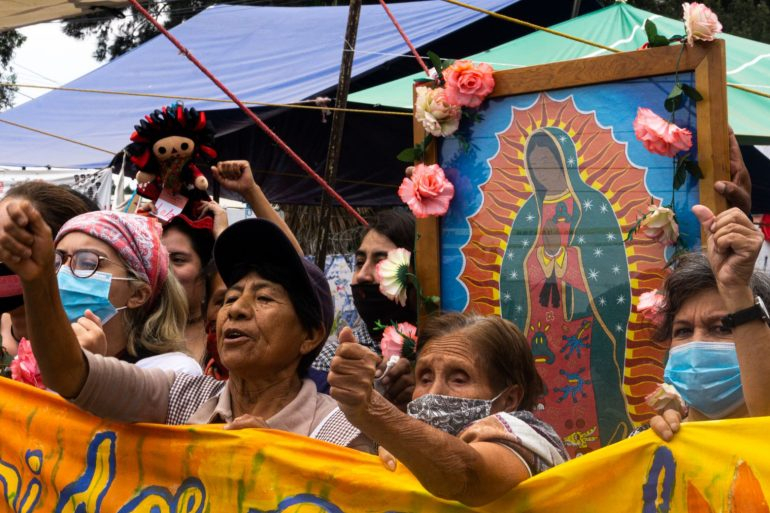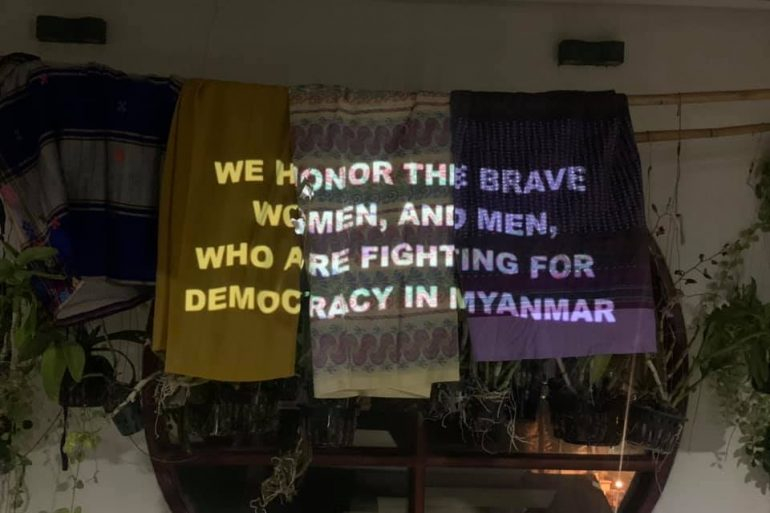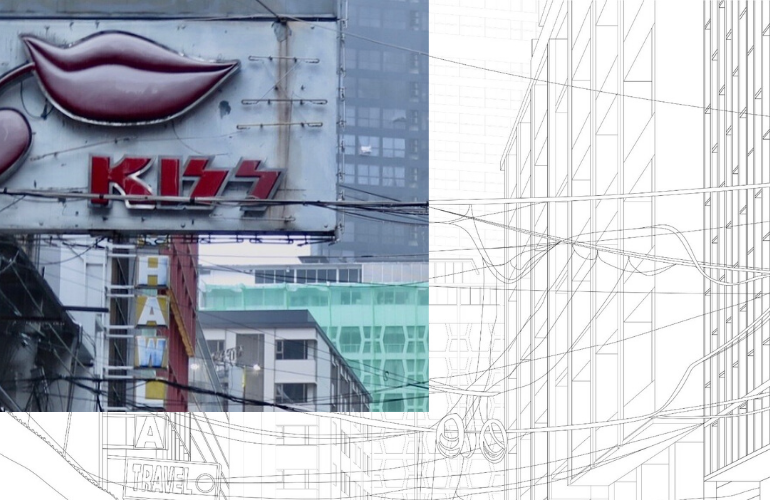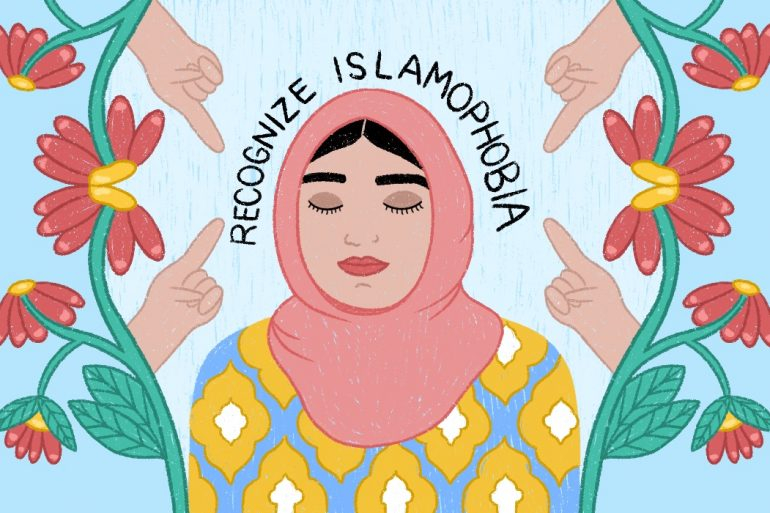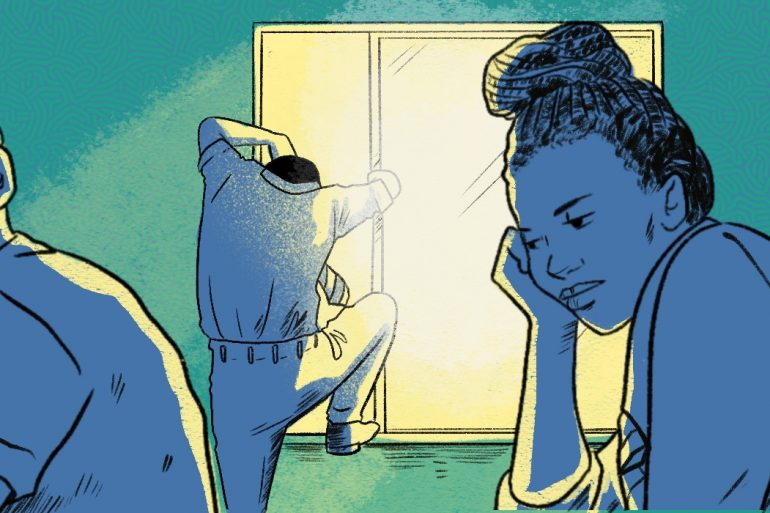In Coyoacan, an affluent neighbourhood in Mexico City, a six story building stands out amongst the office blocks that surround it. From its roof hangs a Mexican flag the length of the building. Painted on it in bold black letters are the words: ‘No Nos Conquistaron’, ‘They didn’t conquer us’.
What was once the Mexican Government’s National Institute of Indigenous People (INPI), which consistently and systemically failed the communities it existed to serve, has now been occupied by the Otomi people. Entering the building, rows of red and black Lele dolls line the walls.
The Lele doll is an artisanal doll that symbolises the Otomi community. It originates from Santiago Mexquititlan, where the community that occupies the building is from. The red and black colours are the colours of their resistance, the colours of the Zapatista National Liberation Army and the National Indigenous Congress, that the community forms a part of.
On the ground floor is the community kitchen, which once was the building’s car park. There, the Otomis have a mill to grind their maize to make tortillas, a brick oven to make bread and several sewing machines which they use to make their dolls – which they sell in order to sustain their resistance. Upstairs are the rooms. On one floor sleep the women and children, and on another the men. Old office spaces are now filled with toys and mattresses.
The ex-government building, over the course of the last year, has slowly become a home to more than 40 Otomi families. For the first time in generations the community has running water, proper shelter and a space where they are free from ongoing harassment by police. They took the building on the 12th October 2020, in response to the difficult living conditions and ongoing discrimination that they faced in Mexico City.
Who are the Otomi community?
The Otomi are an Indigenous people from the central region of Mexico. In the 70s, members of the Otomi community living in Santiago Mexquititlán faced economic hardship and difficult living conditions. Sometimes they had to walk miles to get to the nearest hospital, and due to rising prices they were no longer able to live off of the money they got from selling their maize. Many were forced to leave their lands and migrate to Mexico City in search of a better life.
When the members of the Otomi community first arrived in Mexico City, many were forced to sleep in bus stations and on the street. So, in 1985, when an earthquake shook Mexico City and levelled many buildings to the ground, the Otomi community saw a chance for shelter.
Whilst people left their collapsed houses, the community began to settle in the debris, sheltering themselves from the rain. There they lived for several years. When it rained they would put buckets under roofs, which they would use to shower and wash their clothes. However, the neighbourhood where they had settled was quickly gentrified and this inequality became more evident. Just three streets from where the community lived was a house being sold for 59 million pesos, which equates to almost £2 million.
A new generation of resistance
The parents and grandparents in the community were the first to begin organising. They learnt that they could fight to expropriate the unoccupied buildings that they lived in and also demand decent housing. Now, younger members of the community, especially women, are leading the struggle.
A young member of the community, Anita* explains; “It has been very important for us as women to raise our voices. Because before only the men could raise their voices and we just did the chores around the house. But we decided to show the government that now it is not only men, but also women who are demanding rights and calling for justice.”
COVID-19 and discrimination
In 2017, another earthquake hit the city. The community was forced onto the streets again as their houses were on the verge of collapsing. Outside of their broken buildings they set up tents and makeshift-housing before being forcefully removed by riot police on the 30th May 2019, after neighbours complained about bad smells and accused the community of thieving. “For many of our neighbours, and the government itself, it seemed scandalous that we were living there. We do not fit into their image of a city,” shared Ismelda*, another member of the community.
Over the course of the pandemic, the daily discrimination that the community faced became more evident. As schools went online and street vendors were unable to sell their wares, the lives of those in the community changed drastically.
Maria, a mother from the community, said, “Most of us do not have computers or internet like the rich do, and as we couldn’t sell our crafts, where were we going to get the money to contract the internet for our kids to study? Also the government was saying ‘wash your hands and socially distance’ but when you don’t have running water or space what can you do?”
Anita also explained how the government used COVID-19 to engineer a popularity stunt. Andrés Manuel Lopez Obrador, the current left-wing president of Mexico, who claims to be an advocate for the most marginalised people in the country, promised big handouts during the pandemic and support for Mexico’s poorest. The reality on the ground was very different. One day, government workers with big boxes arrived at where the community lived to deliver food handouts. The only things inside the boxes were a litre of oil, a kilo of beans and a kilo of rice. “They took photos and uploaded them to Twitter to show people that they were supporting us but what we were receiving was a misery.”
The community felt betrayed by the government, not only because of their living conditions and the denial of their rights that had been their reality for generations, but also because they saw Indigenous communities across the country, including their town Santiago Mexquititlan, were being sidelined by the government’s development policies and mega-projects.
Storming the INPI building
On 12th October 2020, the day of Indigenous Resistance, the Otomi community decided to take over the INPI building. Women, with their babies in hand, led the way. They stormed the building, marching past the stunned security guards and police, dispersing themselves throughout the six floors. For once they had the upper hand.
For years on end, Mexico City’s government had deceived them through dialogue. Anita recalls how they would go to the Zocalo, Mexico City’s centre, to attend meetings, but they always met with excuses. “When we arrived late, they would dismiss us; when we arrived early they would say that everyone was busy, they had us running in circles.”
Subscribe to shado's weekly newsletter
Exclusive event news, job and creative opportunities, first access to tickets and – just in case you missed them – our picks of the week, from inside shado and out.

This time, the community called the government to their own negotiation table which they held outside the INPI building. There, they demanded the right to housing, food, education, justice, freedom, democracy and also the cancellation of the so called ‘Tren Maya’ [Mayan Train] and other mega projects that are displacing Indigenous communities across the country.
Continued resistance
The community continues to fight to build autonomy in the city and they know that they are not alone.
“We are in this struggle with the Zapatistas, and with the National Indigenous Congress as well as with many other struggles, like the parents of the 43 Ayotzinapa students and Pueblos Unidos in Puebla. Our unity gives us the strength to continue. And that is what the government fears because it knows that we are a very large movement, that we are various organisations and villages, from all over the country, that together are saying ‘Ya Basta!’ Enough is Enough!” Shared Ismelda.
The Otomis still fear getting removed by riot police. One young girl told us that she sometimes has nightmares at night that they will be displaced again – but their resistance stays strong.
In many marches across Mexico City you will see the Otomis. With their left fists raised, Lele dolls in arms, women in their traditional boarded dresses and men in shirts that read ‘500 years of resistance’, the power and dignity of this community radiates outwards. Their cries echo through the streets of the city, ‘the struggle continues!’.
*All names in this piece have been changed for security purposes
